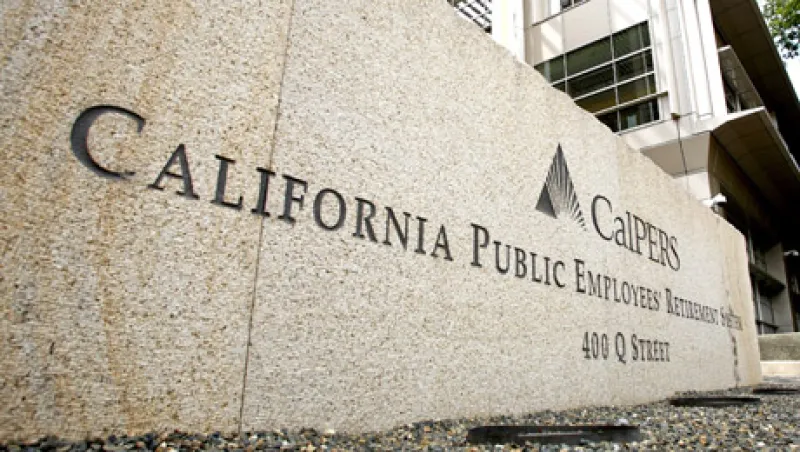Global balanced funds provide an investment option that offers both capital appreciation and risk protection, often with the volatility hedged among developed and emerging markets. One such vehicle, the $45.2 billion Global Absolute Return Strategies (GARS) Fund, run by Edinburgh, Scotland–based Standard Life Investments, seeks to garner positive returns even if the U.S. economy veers off its path to recovery. GARS is among several global balanced funds — including those run by AQR Capital Management, based in Greenwich, Connecticut; Boston’s GMO; and Pacific Investment Management Co. of Newport Beach, California — that have seen strong inflows during the second quarter of 2013, according to Atlanta-based eVestment.
Global balanced funds can take any number of positions to improve performance. For example, the GARS Fund is going long the Mexican peso and short the Australian dollar, one of 33 different strategies employed by Standard Life in the fund. “The theme of the strategy is one of being long a cheap investment-grade emerging-markets currency versus being short a very expensive, commodity-sensitive currency,” says Roger Sadewsky, investment director and portfolio manager with Standard Life’s multiasset team.
The Mexican peso and Australian dollar, Sadewsky explains, are facing different economic trajectories. Mexico, with its close trade links to the recovering U.S. economy, faces rising prospects, while Australia, with its dependence on China’s economic growth, faces declining prospects.
Sadewsky points out that whereas there was an emerging-markets sell-off “on the back of taper talk,” Mexico is better positioned than most developing countries, not only for its close ties to the U.S. but also because it is not burdened with twin fiscal and trade deficits like some emerging markets, such as Indonesia. “We didn’t see in Mexico a sell-off this round like the rest of the world,” he notes.
Global balanced funds are also making headway into the pensions sphere. The strategies behind the GARS Fund came into being when Standard Life overhauled the defined-benefit pension plan for its own employees. In 2005 the trustees of the £1 billion ($1.6 billion) plan began to look for a way to address a £200 million shortfall, according to Standard Life’s case study of the plan. To close the funding gap, the trustees asked the plan’s fund managers to construct and implement “a solution that could target a good return relative to liabilities but with less investment risk than the previous investment strategy that was heavily dependent on equities.”
The plan’s fund managers decided to dismiss the idea of completely hedging its investment portfolio, a costly way to reduce risk. They opted instead to reduce interest rate and inflation risk using a derivatives overlay. The managers chose to reduce equity market risk by adopting the multistrategy approach that came to define the GARS Fund. In return for the decision by the trustees to switch to a strategy with less downside, Standard Life agreed to make substantial incremental payments to the plan.
Standard Life’s portfolio managers set out to outperform the plan’s growing liabilities in what they have dubbed a liabilities-plus strategy, which uses an approach that reduces risk but still seeks to achieve a steady gain that would improve the company’s funding status. This shift in strategy put the plan in a better position to weather the 2008 financial crisis, according to the case study. Standard Life’s pension plan was the best-performing FTSE 100 pension plan in 2008, according to a 2009 survey by London-based pensions, insurance and investment consulting firm Lane Clark & Peacock. By 2009 the new strategy, coupled with higher contributions, raised the funding level for the pension plan above its liabilities and has kept it there ever since.
Standard Life’s success with its own pension plan led the company to offer a similar product to U.K. institutional investors in 2006, according to Tam McVie, investment director at Standard Life in Boston, headquarters for the firm’s U.S. operations. The GARS Fund strategy was made available to U.S. institutional investors in 2009. In March 2013 the board of the California Public Employees’ Retirement System, the sixth-largest pension fund in the world, announced that Standard Life is the first of four external managers in its Multi-Asset Class (MAC) program. The $265 billion pension giant is investing $500 million with Standard Life, which is modeling its strategy for CalPERS on its GARS approach.
“We’ve been successful with a lot of state pension plans in the U.S. but also some endowments and foundations,” says McVie.
Read more about asset management.






